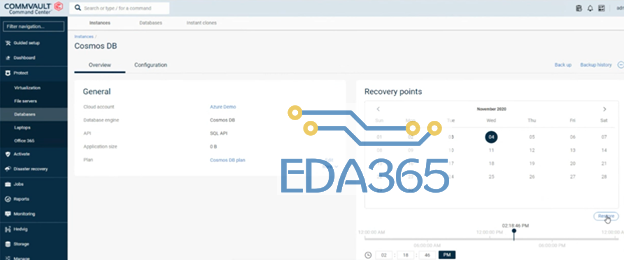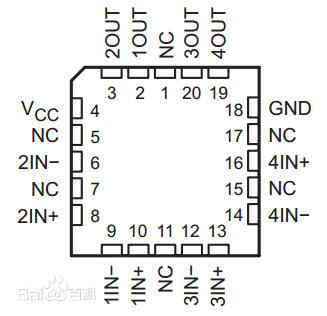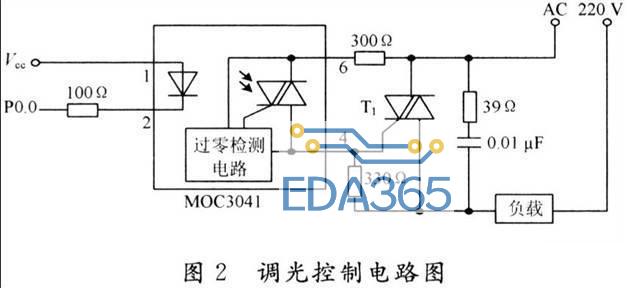| Command | Action |
| C | Connects to the CMAXQUSB module. Verify that the software reports: Board connected.Got board banner: Maxim CMAXQUSB V01.04.32 >
Searching for MAX1385...
Found MAX1385 at 0x4e
Note: when using MAX1385EVKIT with CMAXQUSB,
connect 5V DVDD supply to AVDD.
|
| T V P | Test menu/verify power-up values |
| T S O FCT1 0300 | Test menu/servo mode/output register/FineCalThru1 register, initial value 0x0300 |
| T S I FF | Test menu/servo mode/input register/FIFO register |
| T S A 2 | Test menu/servo mode/ADC command/trigger channel 2 (current CS1) |
| T S T 0020 | Test menu/servo mode/target value 0x0020 |
| T S C 1 | Test menu/servo mode/convergence step positive 1 |
| T S H 1 | Test menu/servo mode/hysteresis one step |
| T S M 60000 | Test menu/servo mode/maximum loop duration set to 60 seconds |
| T S R | Test menu/servo mode/run |
| T W FCT1 0300 | Test menu/write register/FineCalThru1 register, value 0x0300 |
============================================================
CmodComm test program main menu when not connected
A) adjust timing parameters
L) CmodLog... functions
C) connect
D) Debug Messages
X) exit
---------------------------------------------
C
Board connected.
Got board banner: Maxim CMAXQUSB V01.04.32 >
Searching for MAX1385...
Found MAX1385 at 0x4e
Note: when using MAX1385EVKIT with CMAXQUSB,
connect 5V DVDD supply to AVDD.
============================================================
CmodComm test program main menu after successful connect
T) Test the device
8) CmodP8Bus... functions
A) adjust timing parameters
L) CmodLog... functions
P) CmodPin... functions
S) CmodSpi... functions
M) CmodSMBus... functions
$) CmodCommStringWrite list of hex codes
R) CmodBoardReset
D) Disconnect
============================================================
T Test menu
T ? Hunt for active devices
T R Read register
T W Write register
T S Servo loop
T VP Verify Power-On Register Values
T VM reg mask Verify Register Memory Persistence, All Combinations ...
T VW reg mask Verify Register Memory Persistence, Walking-One's test ...
============================================================
Write register:
T W AD Write ADCCON
T W AH Write ALMHCFG
T W AS Write ALMSCFG
T W FI1 Write FINE1
T W FI2 Write FINE2
T W FC1 Write FINECAL1
T W FC2 Write FINECAL2
T W FCT1 Write FINECALTHRU1
T W FCT2 Write FINECALTHRU2
T W FT1 Write FINETHRU1
T W FT2 Write FINETHRU2
T W HC Write HCFG
T W HT1 Write THRUHI1
T W HT2 Write THRUHI2
T W HW1 Write HIWIPE1
T W HW2 Write HIWIPE2
T W IH1 Write IH1
T W IH2 Write IH2
T W IL1 Write IL1
T W IL2 Write IL2
T W LD Write LDAC
T W LT1 Write THRULO1
T W LT2 Write THRULO2
T W LW1 Write LOWIPE1
T W LW2 Write LOWIPE2
T W P Write PGACAL
T W SC Write SCLR
T W SS Write SSHUT
T W TH1 Write TH1
T W TH2 Write TH2
T W TL1 Write TL1
T W TL2 Write TL2
T W X /hexRegAddr/ Write any register by its hexadecimal address
============================================================
Read register:
T R AH Read ALMHCFG
T R AS Read ALMSCFG
T R FF Read FIFO
T R FI1 Read FINE1
T R FI2 Read FINE2
T R FL Read FLAG
T R HC Read HCFG
T R HW1 Read HIWIPE1
T R HW2 Read HIWIPE2
T R IH1 Read IH1
T R IH2 Read IH2
T R IL1 Read IL1
T R IL2 Read IL2
T R LW1 Read LOWIPE1
T R LW2 Read LOWIPE2
T R TH1 Read TH1
T R TH2 Read TH2
T R TL1 Read TL1
T R TL2 Read TL2
T R X /hexRegAddr/ Read any register by its hexadecimal address
============================================================
T S Test Servo menu
T S O FCT1 0300 output register [wr_FINECALTHRU1, initial value 0x0300]
T S I FF input register [rd_FIFO]
T S A 2 ADC input channel [ bit 2 = 0x0004 = ADCCON_CURRENT_CS1 ]
T S T 0020 target value [0x0020]
T S C 1 ConvergeStep [1]
T S H 1 hysteresis [1]
T S M 60000 max_loop_duration_msec [60000]
T S R servo loop run
============================================================
Windows is a registered trademark of Microsoft Corp.
『本文转载自网络,版权归原作者所有,如有侵权请联系删除』
 热门文章
更多
热门文章
更多









